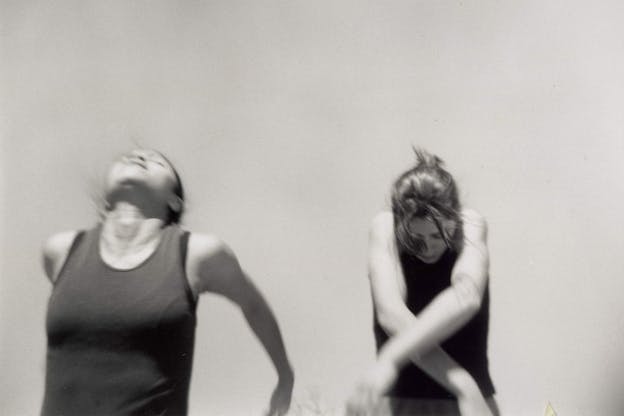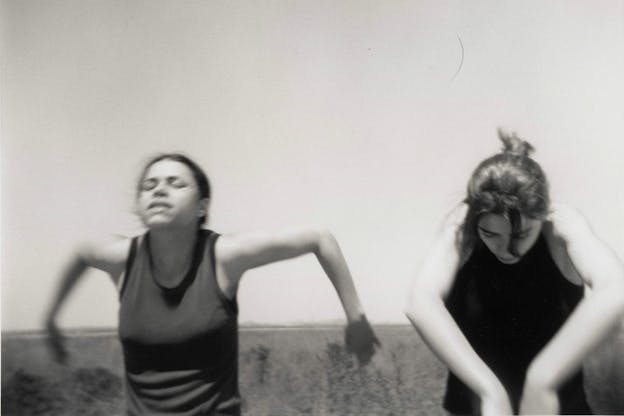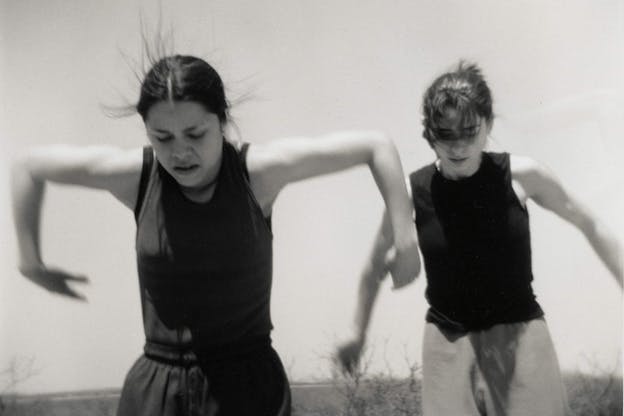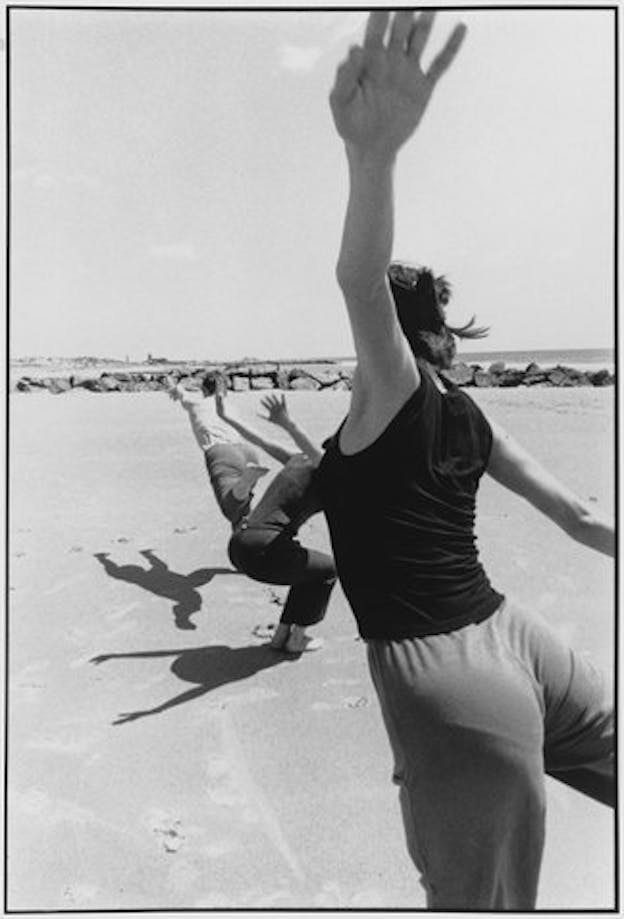Jennifer Monson
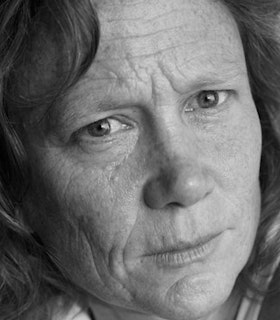
The grant has allowed me the luxury of support through the infancy of a creative process. It also kicked off a successful administrative approach to this project by helping me to hire a grant consultant for the first time... Beyond the financial help, the confidence-building effect of receiving a grant out of the blue cannot be overemphasized. I'm very proud to have my work appreciated and supported purely on its merit as perceived by my artistic peers and not the development of a specific project.
- Jennifer Monson, November 29, 2000
Artist Statement
I place myself in the tradition of experimental dance artists starting with the early modern dance pioneers and continuing through to the radical artists spawned in the Judson Church era. These inquisitive artists used a rigorous investigation of the body as a vehicle to re-conceptualize the nature of form, and to constantly re-negotiate the relationships between art, environment, power, and place. I am committed to this legacy of being a constant inquisitor and devotee to the rigor of process. Situating myself in the American tradition of examining the frontier—the border between wilderness and civilization—as a dynamic arena for embodying the contradictions of freedom and power, my dance work navigates the territory between what is wild and civilized.
In the navigational dance project Bird Brain I make dances that are informed and created by the process of navigating along the migrational journeys of animals. By literally following a similar time frame and spatial pattern the dancing is responsive to both the micro and macro events that affect the animals migration. My observation of animals as well as scientific research into their navigational tools and perceptual abilities informs my own approach to navigation as a dancer. This process has been rich and complex starting from a deep investigation of the senses and navigating the bodies systems—(Gray Whale Migration); to creating dances within and of particular places (Osprey Migration), to investigating the energetics of flocking and adaptive systems (Ducks and Geese Migration), to creating interactive systems within the container of a theatrical setting as well as pointing to the relationship of the theater's building to its environment (Flight of Mind). I started this project feeling bereft—that wilderness as I understood it no longer existed in the world (or soon wouldn't). My understanding of wilderness has evolved into something intertwined within our own consciousness and interaction with the environment. Wilderness or wildness is a state of dynamic adaptability that constantly surrounds us whether in the massive effect of Hurricane Katrina, of the micro affect of endangered butterflies returning to the Twin Cities Ammunitions Plant, or the emergent systems of the World Wide Web. Am I compounding wilderness and nature? The usefulness of the term "nature" has become complicated for me as I struggle with the dialectic of nature/not nature. What is not nature? Wilderness becomes a more amenable concept for me in that it alludes to something untamable, unknowable and challenging, and it is a very human concept. Wilderness as a concept seems central to human evolution. Dancing is a powerful medium for addressing our "nature" and is one of the places I experience wildness.
My current artistic concerns have brought me back to the urban environment
- 2014
Biography
Jennifer Monson is a choreographer, performer, and teacher. Since 1983, she has explored strategies in choreography, improvisation, and collaboration in experimental dance. In 2000, her work took a new trajectory towards investigating the relationship between movement and environment. This ongoing research has led her into inquiries of cultural and scientific understandings of large-scale phenomenon such as animal navigation and migration, geological formations such as aquifers, and re-functioned sites such as the abandoned Ridgewood Reservoir on the border of Queens and Brooklyn in New York City. Monson uses these studies to examine the relationship between living beings and their environments.
Her FCPA-supported project Bird Brain (2000-2005), as well as iMAP/Ridgewood Reservoir (2007), and the Mahomet Aquifer Project (2008-2010), are investigations that have reframed the role dance plays in cultural understandings of nature and wilderness. Her current work Live Dancing Archive (2013) proposes that choreography itself is an archival practice for environmental phenomena. Her early choreography has been performed in a diverse array of New York City venues including The Kitchen, Performance Space 122, and Danspace Project at St. Mark's Church; as well as other recognized national and international venues. She has collaborated with Zeena Parkins, DD Dorvillier, Yvonne Meier, David Zambrano, and other interdisciplinary artists.
Following her 1998 FCPA-support, Monson received a John Simon Guggenheim Memorial Foundation Fellowship (2003), a New York Dance and Performance "Bessie" Award for Bird Brain (2006), and a fellowship from The Lambent Foundation (2007). Monson was also an inaugural recipient of the Doris Duke Impact Award (2014). Previous to her 1998 FCPA grant, Monson received a New York Dance and Performance "Bessie" Award for Sustained Achievement (1997), several fellowships from the National Endowment for the Arts, and two fellowships from the New York Foundation for the Arts (1989, 1998).
In 2004, Monson incorporated under the name iLAND—Interdisciplinary Laboratory for Art, Nature, and Dance. iLAND explores the power of dance in collaboration with other fields to illuminate a kinetic understanding of the world, and upholds a fundamental commitment to environmental sustainability as it relates to art and the urban context, and cultivates cross-disciplinary research among the arts, environmental science, urban design, and other related fields. In addition to serving as Artistic Director of iLAND, Monson is a Professor at the University of Illinois Urbana Champaign as part of an initiative of the Environmental Council. Monson is also a Professor at Large at the University of Vermont, a six-year term that began in 2010, in collaboration with the dance, environmental studies, and library departments. She received her B.A. from Sarah Lawrence College in 1983.
